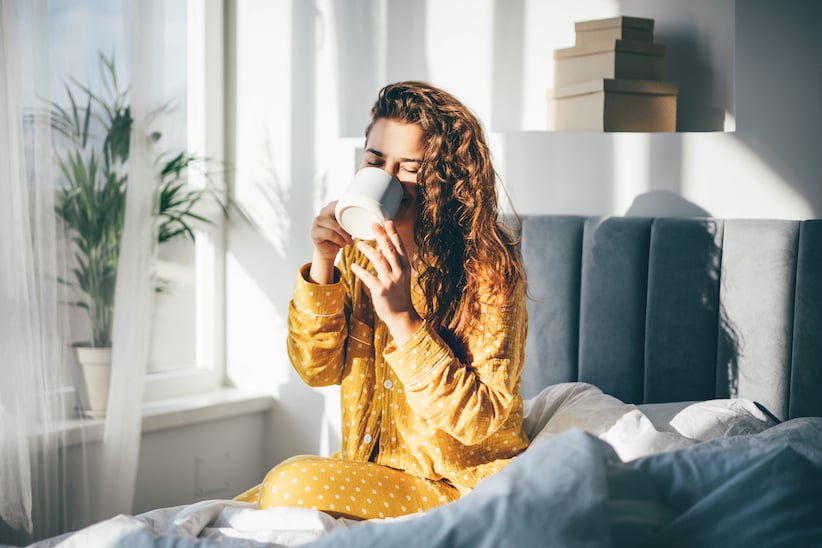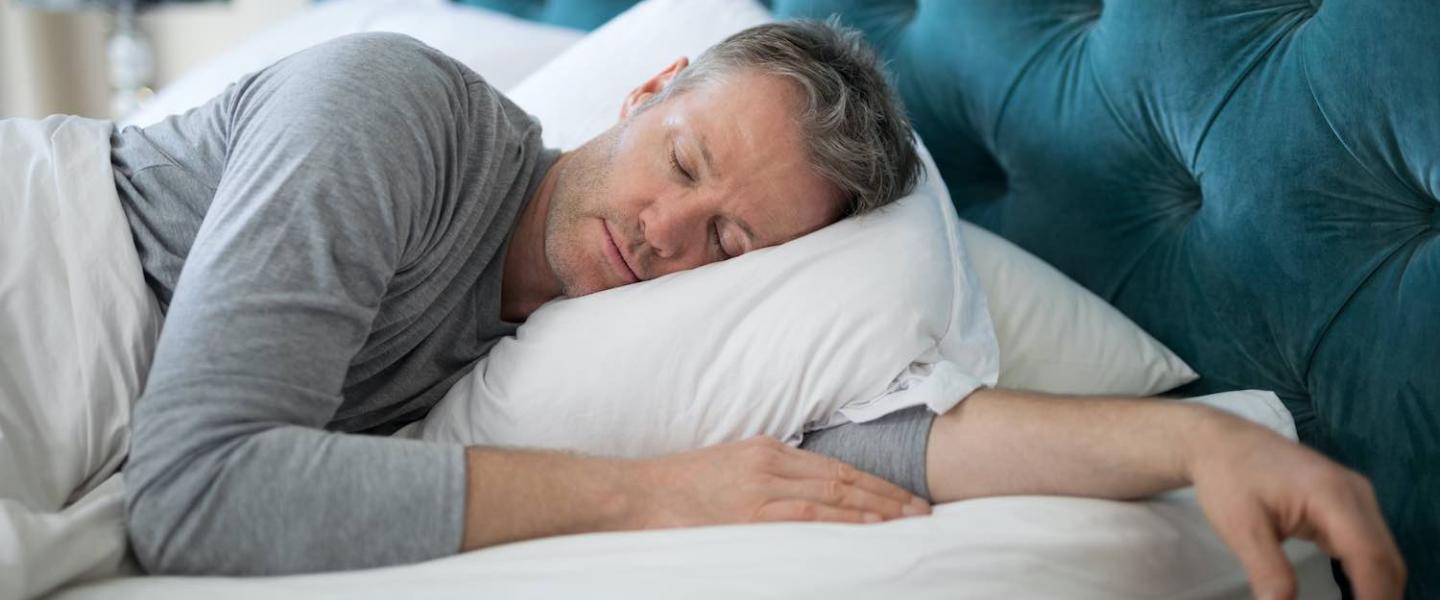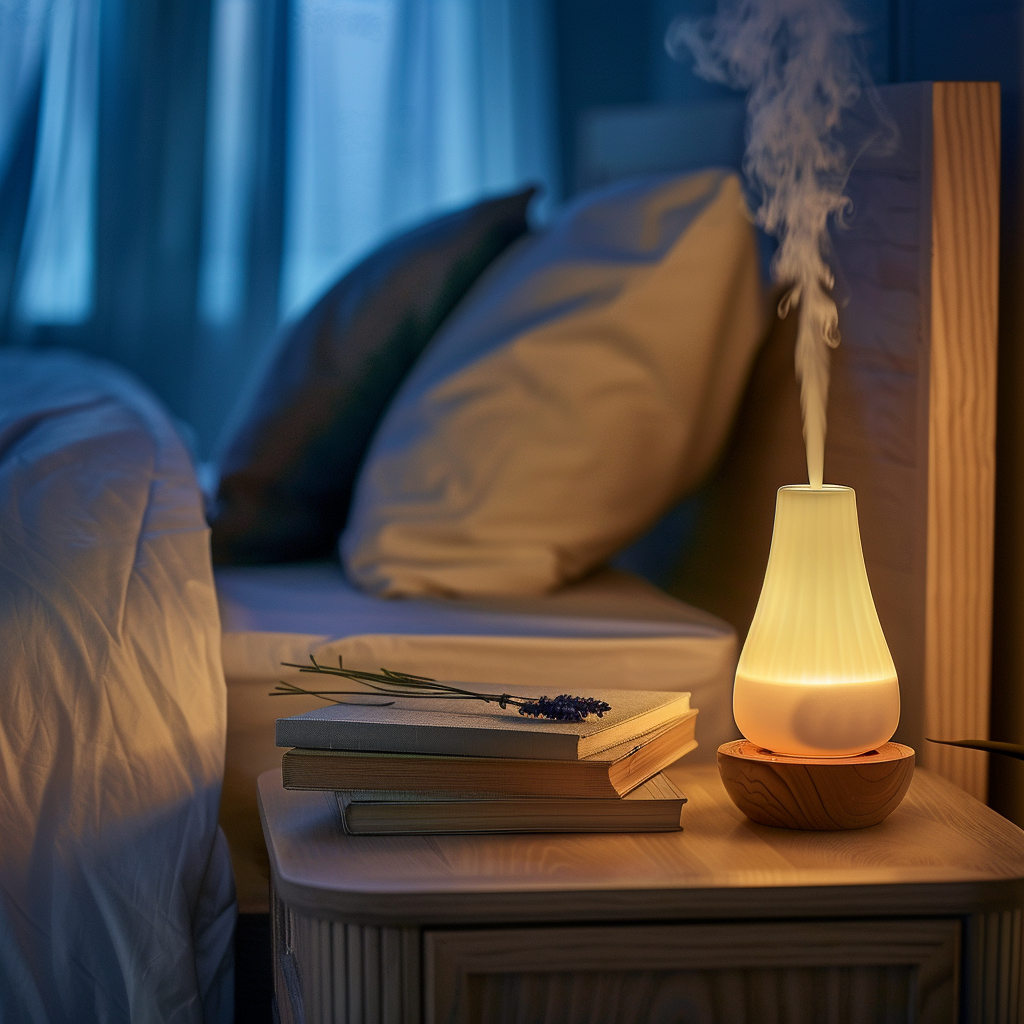Welcome to the tranquil streets and cozy bedrooms of our neighborhood! Here’s a friendly guide on developing good sleep hygiene—a cornerstone of vibrant health and happiness. Picture sleep hygiene as the collection of habits and your bedroom environment that can lead to blissful nights of rest. It’s all about setting the stage for quality sleep, which not only leaves you feeling refreshed but also plays a crucial role in your overall well-being.
From the hustle of daily routines to the hush of nighttime, the way we wind down and where we lay our heads can significantly influence our sleep quality. Imagine creating a sanctuary that not only beckons you to dreamland but also improves your physical and mental health. Now, let’s embark on a journey to craft a sleep hygiene routine that’s tailored just for you.

- Embarking on a journey to better sleep with effective sleep hygiene practices. Source: sleepfoundation.org
Establishing a relaxing bedtime ritual is akin to sending a gentle signal to your brain that it’s time to quiet down and drift off. This could involve dimming the lights and indulging in calming activities like a warm bath, reading a chapter of a book, or even practicing some gentle yoga or meditation. Start by setting a consistent time to begin this routine, creating a habit that your brain associates with sleepiness. Over time, these cues will naturally guide you toward a state of readiness for sleep.
Consistency here is key. Sleeping and waking at the same time every day, even on weekends, help synchronize your body’s internal clock. This regularity reduces the time it takes to fall asleep and increases sleep quality. Consider incorporating practices like journaling or making a to-do list for the next day during this wind-down period, thus clearing your mind of any lingering thoughts or stresses that could interfere with your sleep.

- Understanding your circadian rhythm to improve nightly routines and sleep quality. Source: sleepfoundation.org
A peaceful sleep haven plays a pivotal role in your journey to dreamland. The ideal sleep environment is cool, dark, and quiet. Investing in a comfortable mattress and pillows can be transformative, providing the support and comfort tailored to your needs. Consider the temperature, too; many find a cooler room more conducive to sleep. Aim for around 65 degrees Fahrenheit (about 18 degrees Celsius), but adjust according to what makes you feel most comfortable.
Noise and light can jolt us out of deep sleep, so explore options to minimize these disruptions. Blackout curtains or an eye mask can block out unwelcome light, and white noise machines or earplugs can help keep the sound at bay. Introducing a calming fragrance, like lavender, through essential oils or a diffuser, might also soothe the senses and signal to your body that it’s time to rest.

- Choosing the right mattress: A foundation for better sleep. Source: sleepfoundation.org
Creating a lifestyle conducive to good sleep extends beyond the bedroom. Regular physical activity during the day can significantly improve the quality of your sleep. However, try to finish any vigorous workouts a few hours before bedtime to give your body time to wind down. Mind what you eat and drink as well; heavy or large meals and stimulants like caffeine and nicotine close to bedtime can disrupt sleep. Instead, opt for a light snack if you’re peckish in the evening.
Reserve your bed for sleep and sex only, establishing a strong mental association between your bed and sleep. This means cutting out bedtime scrolling on smartphones or watching TV from bed. If sleep eludes you, try getting out of bed to engage in a quiet, relaxing activity until you feel sleepy. This practice can reinforce the connection between your bed and sleep, making it easier to drift off when you return.
Embracing these sleep hygiene tips can transform your nights, turning them from periods of tossing and turning into restful slumber. Remember, small adjustments can make a big difference, and patience is key. Here’s to restful nights and energetic days ahead! Cheers to a healthier, happier you and a more vibrant community.





